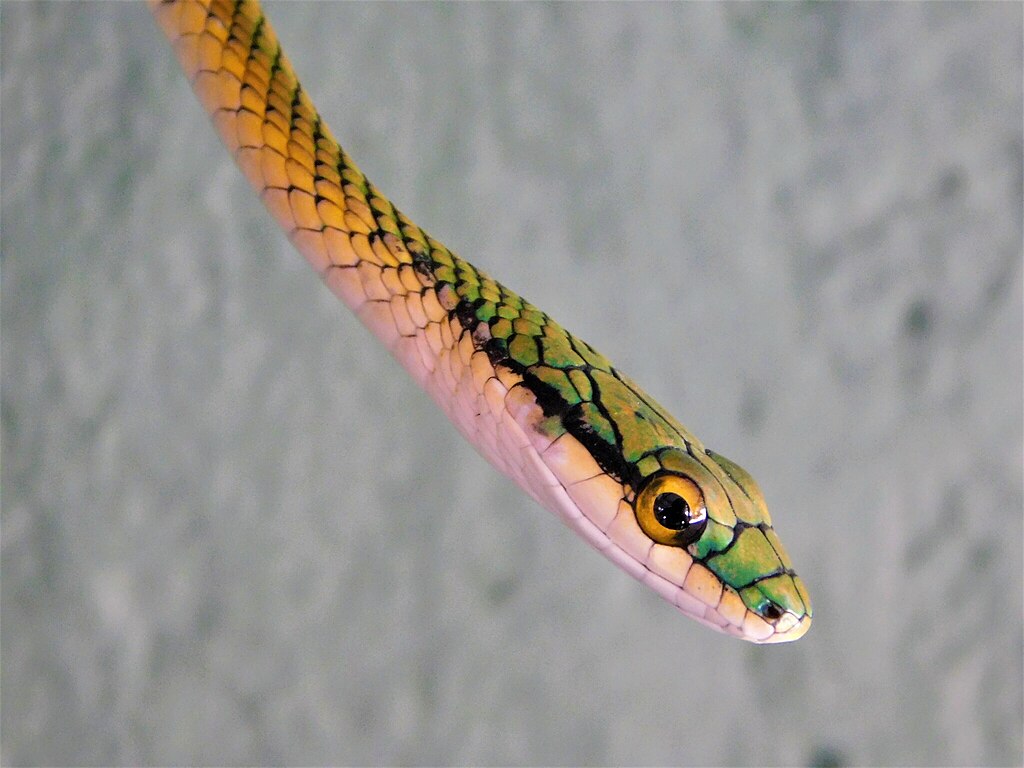When observing snakes in the wild or captivity, you might notice a curious behavior: many species rest with their heads exposed while the rest of their bodies remain hidden. This distinctive resting posture, sometimes mistakenly called “napping,” serves several crucial evolutionary and survival purposes. From monitoring predators to regulating temperature, this behavior offers fascinating insights into snake biology and adaptation. Let’s explore why these remarkable reptiles have developed this distinctive resting position and what it tells us about their survival strategies in various environments.
The Strategic Surveillance Position

Snakes that rest with their heads exposed aren’t actually napping but maintaining a vigilant watch over their surroundings. This position allows them to monitor for potential threats while keeping the majority of their body protected in a burrow, rock crevice, or other shelter. The exposed head contains critical sensory organs—eyes, nostrils, and heat-sensing pits in some species—that continuously gather information about the environment. By maintaining this partial exposure, snakes can quickly retreat to safety at the first sign of danger or emerge fully if prey is detected nearby. This strategic positioning represents a careful balance between protection and awareness that has evolved over millions of years.
Thermoregulation Benefits
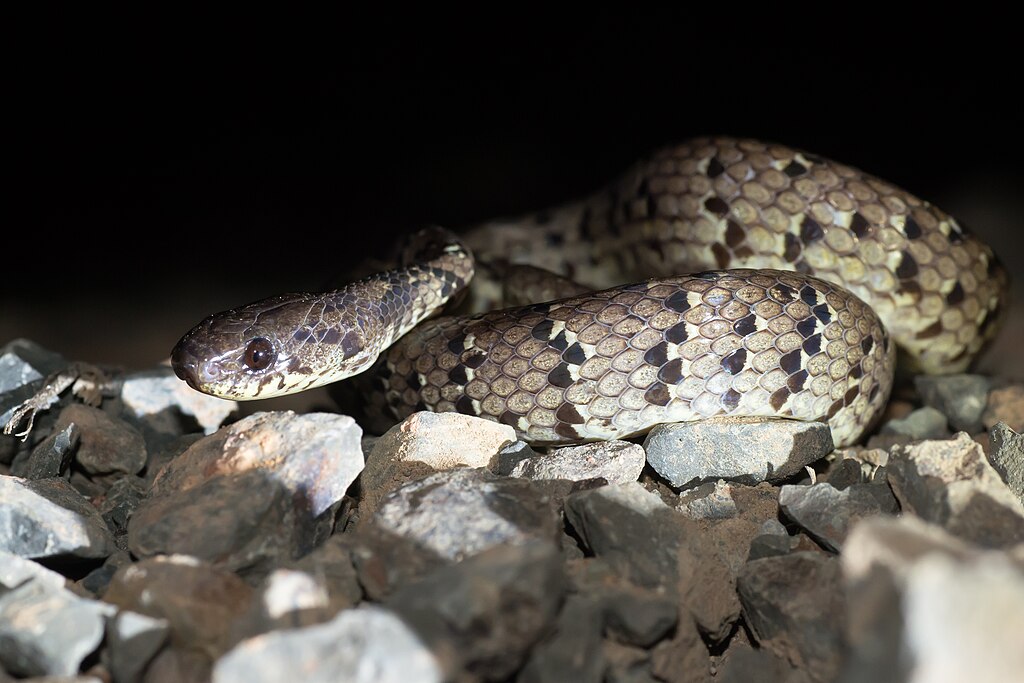
Unlike mammals, snakes are ectothermic animals that rely on external heat sources to regulate their body temperature. Exposing just the head allows a snake to gauge environmental temperatures without committing its entire body to potentially dangerous thermal conditions. During cooler mornings, a snake might gradually expose more of its body as the surrounding temperature becomes more favorable. Conversely, during intense heat, keeping most of the body sheltered prevents overheating while the exposed head monitors when conditions become more favorable. This precision thermoregulation is particularly important for snakes in extreme environments like deserts or high-altitude regions where temperature fluctuations can be dramatic.
Respiration Efficiency
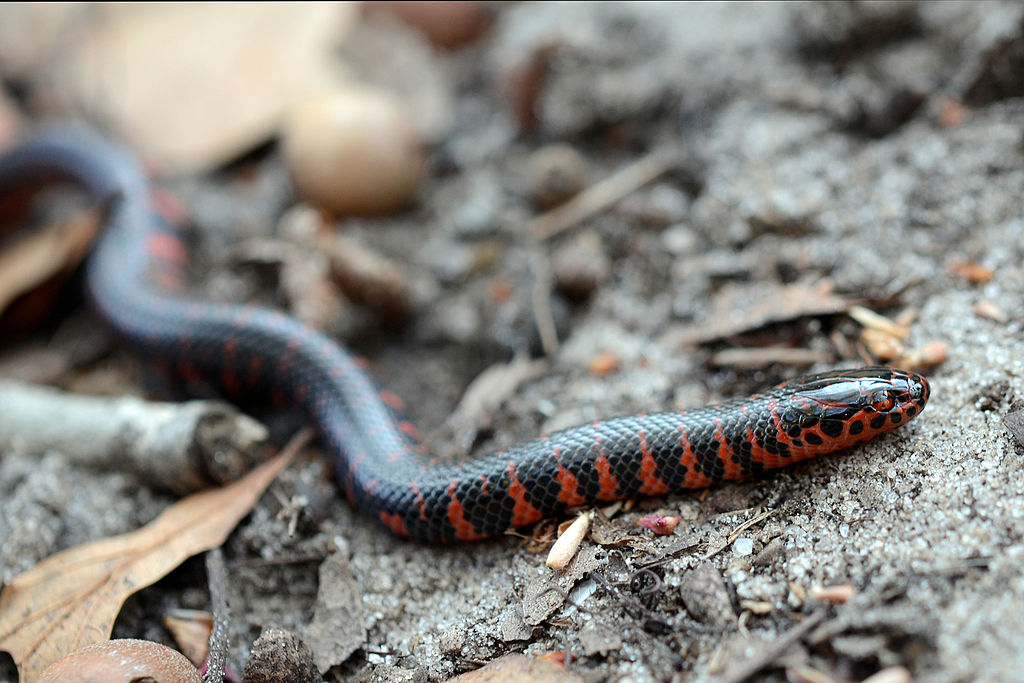
Keeping their heads out of enclosed spaces also ensures snakes maintain access to fresh air. In burrows, rock piles, or dense vegetation where oxygen levels might be lower, exposing the head to open air guarantees efficient respiration. Some snake species can remain in this position for extended periods, particularly during seasonal dormancy or periods of low activity. For larger species, this breathing strategy is especially important as their oxygen requirements may be greater. Snake respiratory systems are highly efficient, but access to fresh air remains essential for their long-term health and survival in confined spaces.
Ambush Predation Tactics
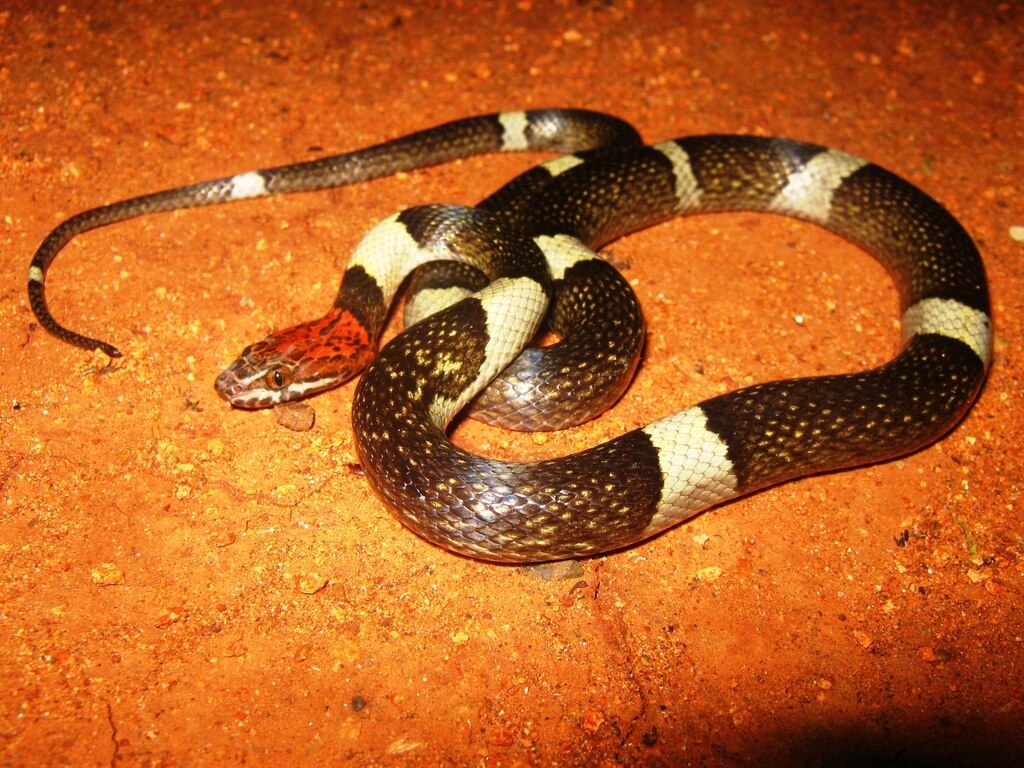
Many snake species are ambush predators that rely on surprise to capture prey. Positioning with just the head exposed represents the perfect hunting stance for these stealthy hunters. Species like vipers and pythons may remain nearly motionless in this position for hours or even days, waiting for unsuspecting prey to come within striking distance. The snake’s camouflaged head blends with surroundings while the concealed body remains coiled and ready to launch forward in a lightning-fast strike. This patience-based hunting strategy conserves energy and increases hunting success rates, especially for species that feed infrequently on relatively large prey items.
Species-Specific Variations
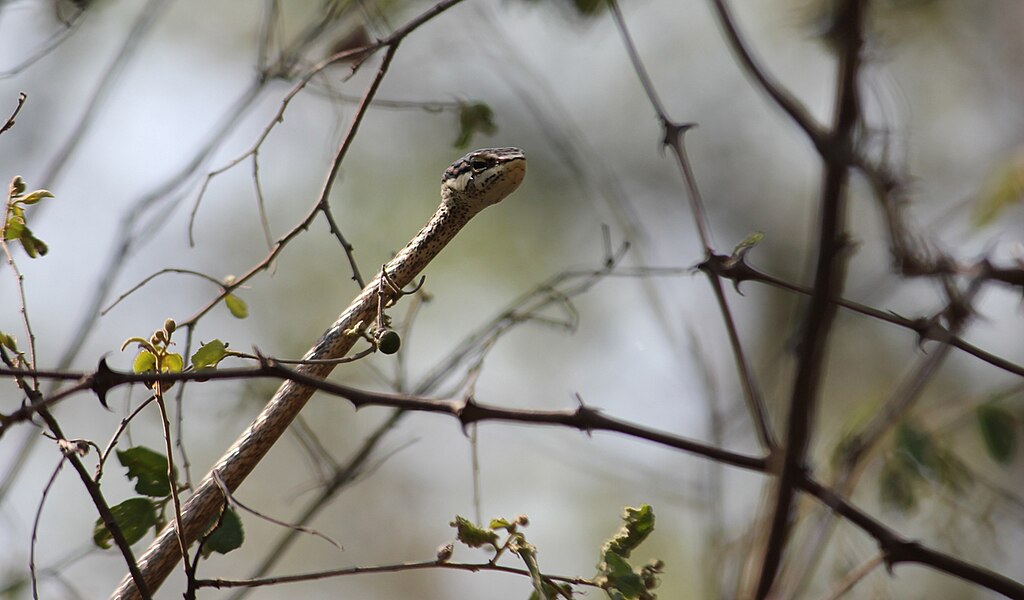
Different snake species exhibit variations of the head-out resting position based on their ecological niches and evolutionary history. Arboreal species like vine snakes might rest with their heads extended from tree hollows or vegetation clumps, monitoring for tree-dwelling prey. Desert-dwelling species such as sidewinders often position themselves with just their eyes and nose protruding from sand or loose soil. Aquatic snakes like water moccasins frequently rest with their heads above water while their bodies remain submerged, allowing them to breathe while staying concealed from both predators and prey. These adaptations demonstrate how this general behavior has been refined across diverse snake lineages to suit specific environmental challenges.
Sensory Advantage

A snake’s head contains its most sophisticated sensory equipment, making head exposure crucial for environmental assessment. Beyond vision, snakes use their tongues to collect scent particles from the air and deliver them to the vomeronasal organ (Jacobson’s organ) in the roof of the mouth for chemical analysis. Some species, particularly pit vipers, possess heat-sensing organs that can detect infrared radiation from warm-blooded prey. By keeping their heads exposed, snakes maintain constant sensory input about potential predators, prey movements, environmental changes, and even reproductive opportunities. This multifaceted sensory information helps snakes make critical decisions about when to emerge fully, retreat completely, or remain in their partial exposure position.
Predator Avoidance Strategy
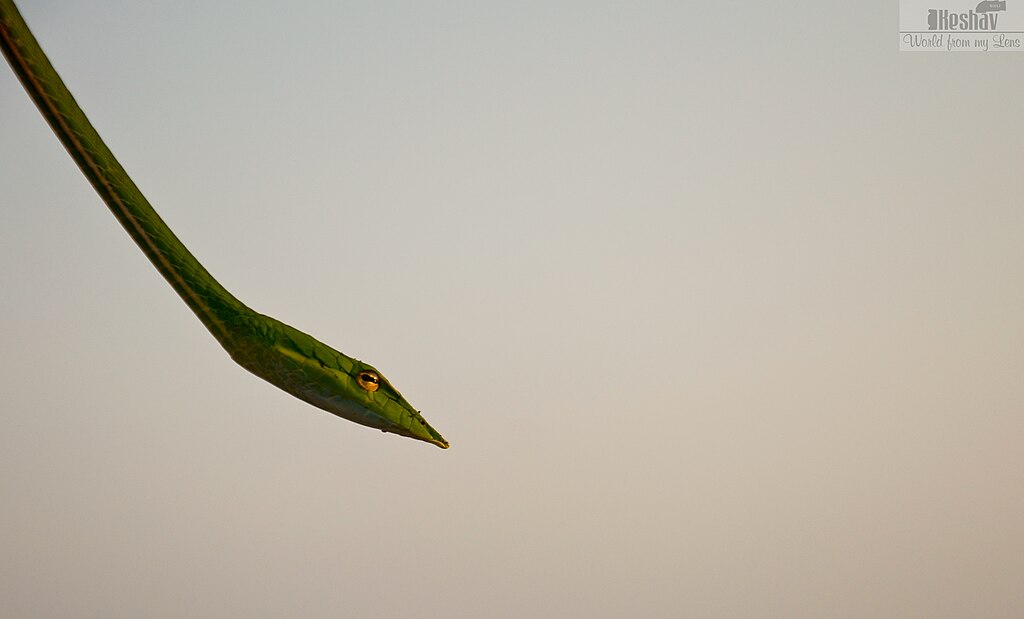
The head-out posture provides snakes with a crucial escape advantage against predators. With their heads already positioned at the entrance of their shelter, snakes can retreat completely in fractions of a second if a threat is detected. This quick-retreat capability is particularly important for smaller snake species that face numerous predators, including birds of prey, mammals, and larger reptiles. Some species enhance this defensive strategy by choosing shelters with multiple exits, allowing them to monitor from one opening while maintaining escape routes through others. Research has shown that snakes with access to appropriate shelter sites have significantly higher survival rates than those forced to rest in more exposed positions.
Seasonal Behavior Patterns
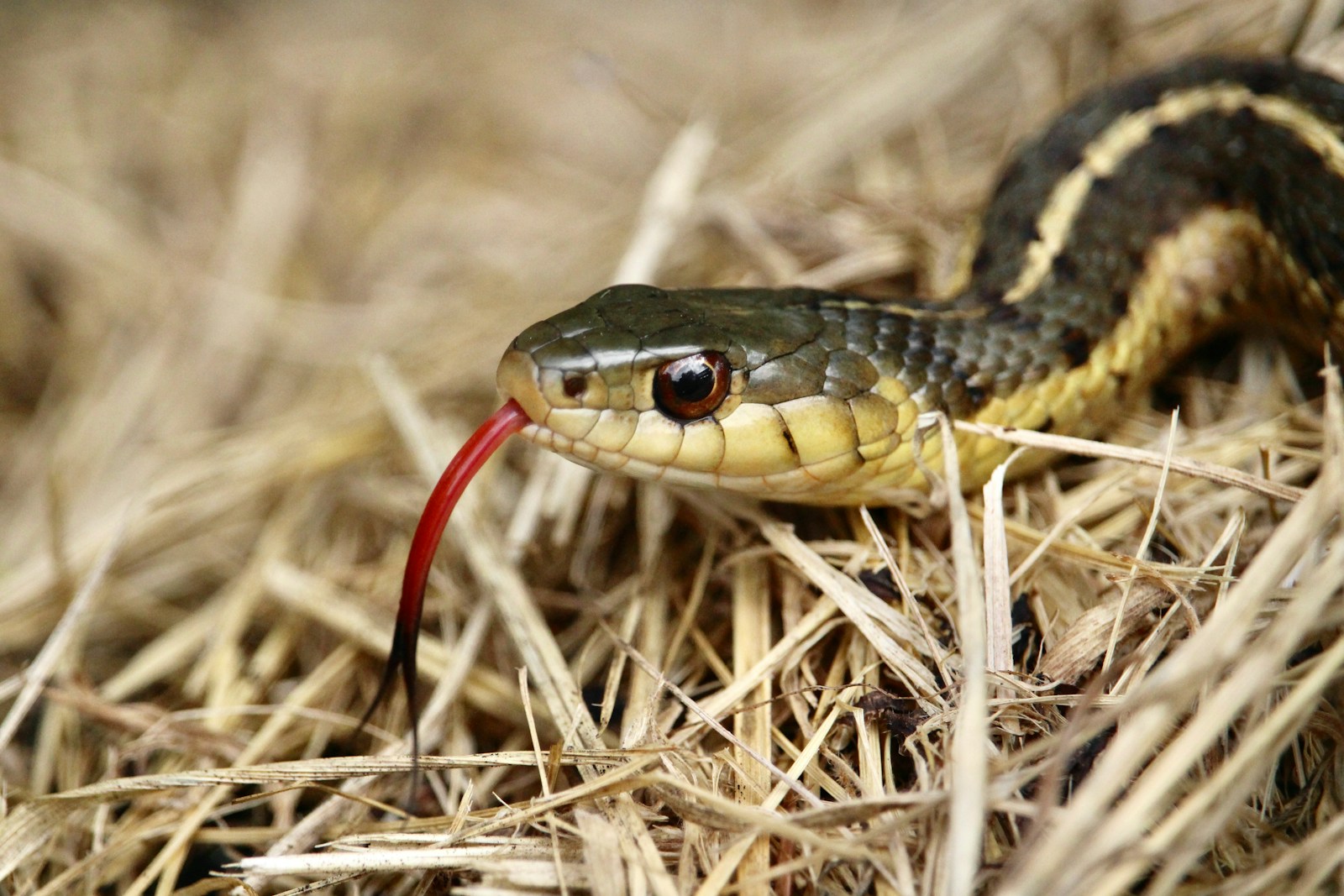
The frequency and duration of head-out resting behavior often follows seasonal patterns tied to temperature fluctuations and reproductive cycles. During brumation (the reptile equivalent of hibernation), snakes may periodically position themselves with heads exposed to monitor temperature conditions and determine when to emerge fully. During breeding seasons, male snakes often adopt this position more frequently to detect pheromones from potential mates while minimizing exposure to predators or rival males. In some species, females may exhibit this behavior more commonly after giving birth or laying eggs, as they recover from the energy expenditure of reproduction while remaining vigilant for threats to themselves or their offspring.
Energy Conservation Benefits

The head-out resting position represents an excellent energy conservation strategy for snakes. By remaining mostly concealed and stationary, snakes minimize unnecessary movement that would consume precious energy reserves. This is particularly important for species that feed infrequently and must make each meal last for extended periods. A snake in this position maintains readiness to respond to opportunities or threats while expending minimal energy. Studies monitoring snake metabolism have shown significantly lower energy expenditure during these rest periods compared to active movement. For species in resource-limited environments or during seasonal food scarcity, this energy-efficient resting strategy can be crucial for long-term survival.
Habitat Selection Factors

The availability of suitable resting sites that allow for the head-out position significantly influences snake habitat selection and population distribution. Snakes often show strong preference for microhabitats that provide the right combination of protection, thermal properties, and surveillance opportunities. In conservation studies, researchers have found that habitat alterations that reduce these specialized resting opportunities can negatively impact snake populations even when other resources remain abundant. Landscape features like rock outcroppings, fallen logs, rodent burrows, and dense vegetation patches create the structural complexity needed for this behavior. In captivity, providing appropriate hiding spots that allow for this natural resting behavior is considered essential for snake welfare and health.
Observations in Captivity
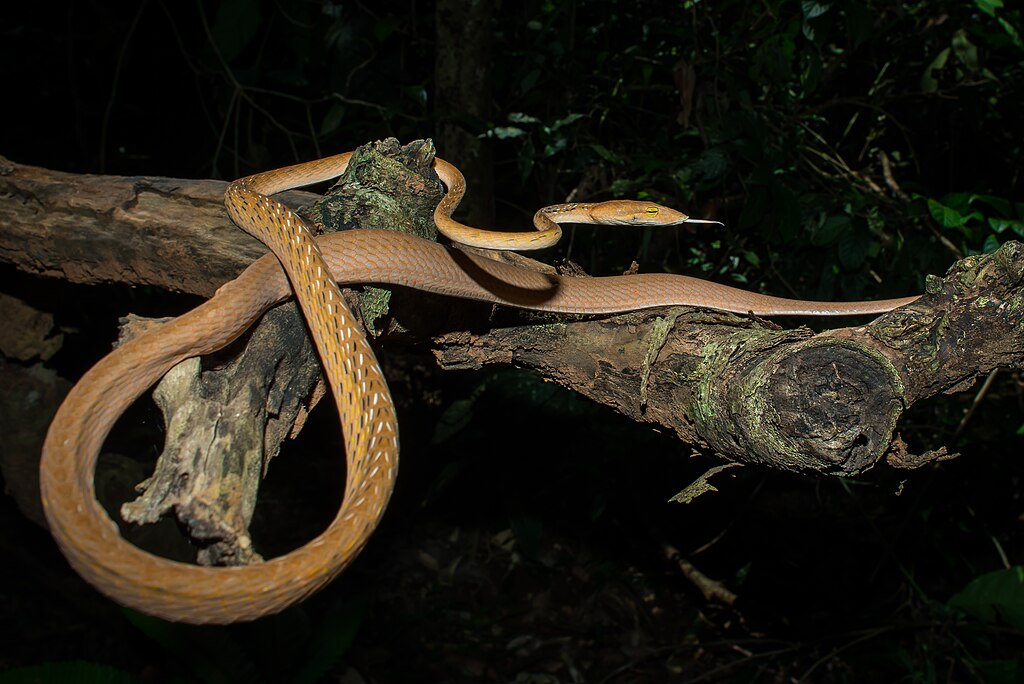
Snake owners and herpetologists frequently observe the head-out resting position in captive specimens, providing valuable insights into this behavior under controlled conditions. When provided with appropriate hide boxes, captive snakes typically adopt this position during their inactive periods, especially when they feel secure in their environment. Reptile keepers often use this behavior as one indicator of proper enclosure setup and animal welfare. Changes in this behavior, such as a snake that suddenly stops resting with its head exposed or spends excessive time fully exposed, may indicate stress, illness, or environmental problems within the enclosure. Understanding and accommodating this natural behavior is considered a fundamental aspect of responsible reptile husbandry.
Research and Misconceptions
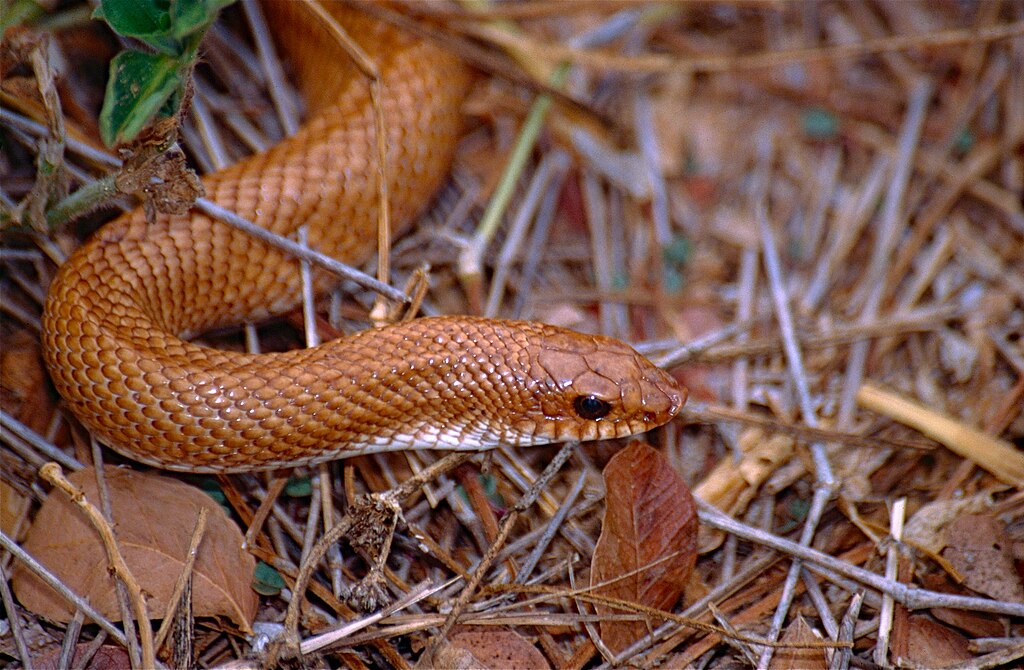
Scientific research continues to refine our understanding of snake resting behaviors, challenging some common misconceptions. One persistent myth suggests snakes in the head-out position are simply “lazy” or inactive, when in fact they are actively engaged in complex environmental monitoring. Another misconception is that this behavior indicates a snake is preparing to shed its skin, though the two are not directly related. Modern research using thermal imaging, hormone analysis, and detailed behavioral observation has revealed how sophisticated and context-dependent this seemingly simple posture actually is. Studies examining brain activity during this state have shown that snakes remain remarkably alert and responsive despite their outward appearance of stillness, with neural patterns suggesting active processing of sensory information rather than deep rest.
Conclusion
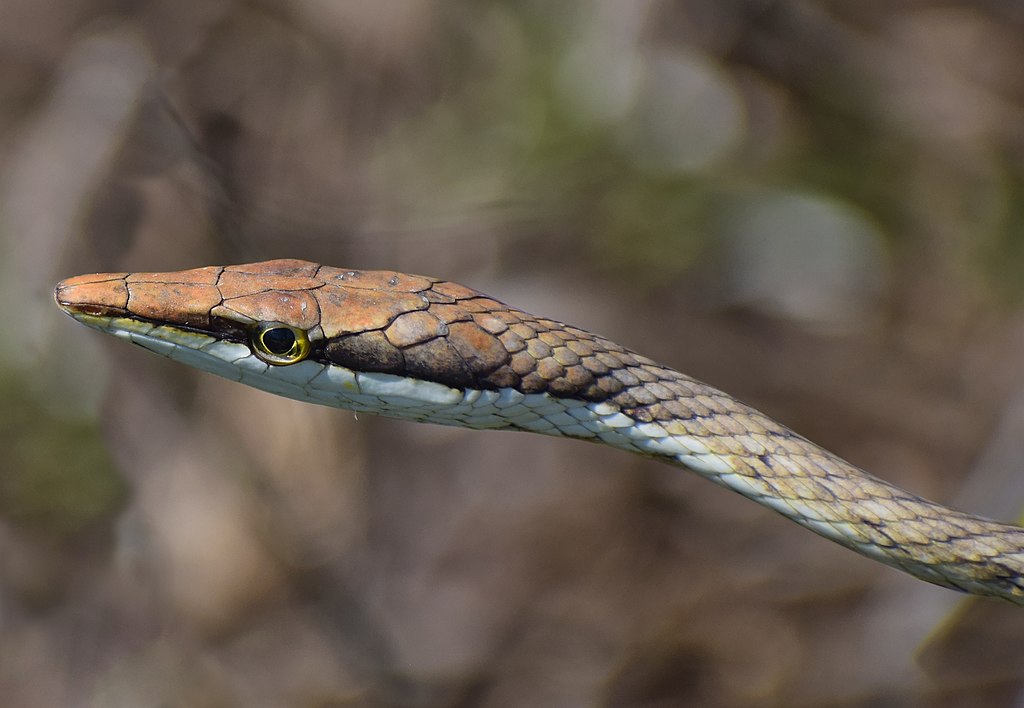
The head-out resting position observed in many snake species represents far more than casual lounging—it’s a sophisticated behavioral adaptation that balances multiple survival needs. This posture allows snakes to simultaneously monitor their environment, regulate body temperature, conserve energy, remain ready for hunting opportunities, and maintain escape readiness. The prevalence of this behavior across diverse snake species and habitats underscores its evolutionary importance. By understanding these natural behaviors, we gain deeper appreciation for the remarkable adaptations that have allowed snakes to thrive in countless environments across the planet. Whether in the wild or captivity, this distinctive resting position offers a window into the complex world of snake biology and behavior.

